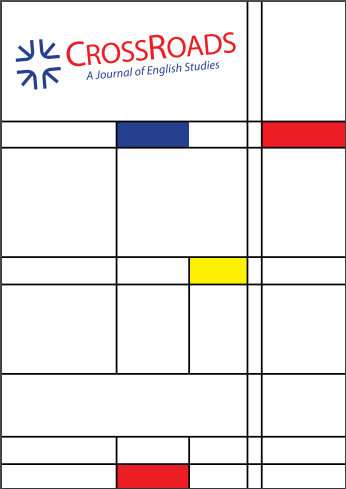“Caught in a web of absence”: Risk, death and survival in Maggie O’Farrell’s Hamnet
“Caught in a web of absence”: Risk, death and survival in Maggie O’Farrell’s Hamnet
Author(s): Maria Antonietta StruzzieroSubject(s): British Literature
Published by: Wydział Filologiczny Uniwersytetu w Białymstoku
Keywords: plague; risk; death; trauma; survival; safety;
Summary/Abstract: Maggie OʼFarrellʼs Hamnet (2020) is a reimagining of the death of Shakespeareʼs only son, and the existential havoc that the event causes in the protagonistsʼ life. However, the title is slightly misleading because the novelʼs central character is Hamnetʼs enigmatic mother, Agnes Hathaway, better known as Anne. The narrative oscillates between two timelines: the present begins on the day the plague first afflicts Hamnetʼs twin sister Judith and soon after takes away the boy himself, a trauma that risks breaking both the family bonds and fragmenting the individual psyche. The past swings back to Agnesʼs meeting her future husband about 15 years earlier. Though Hamnet died of unknown causes, OʼFarrell attributes it to the bubonic plague that raged throughout the country at the time with devastating consequences, an aspect of the story that is highly topical due to the Covid-19 pandemic. Hamnet is a text crossed by a number of deaths, both in the family of the dramatist and of his wife. As such, it is argued, the novel explores various forms of risk: physical, psychological and emotional. At the same time, it examines the different strategies that the human psyche activates to heal its wounds.
Journal: Crossroads. A Journal of English Studies
- Issue Year: 2022
- Issue No: 02 (37)
- Page Range: 9-27
- Page Count: 19
- Language: English

